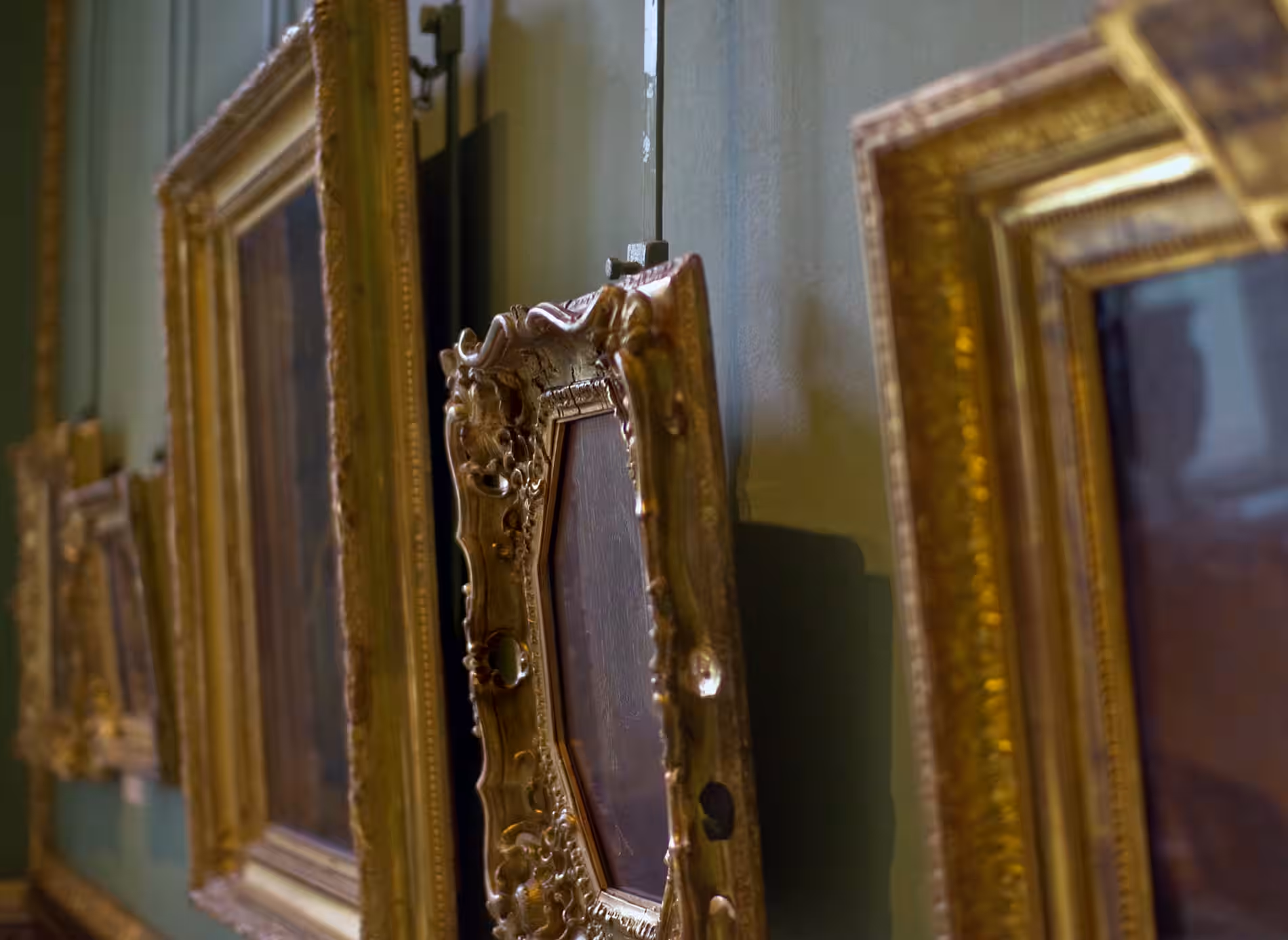Important Disclosure: The content provided does not consider your particular circumstances and does not constitute personal advice, please check with your policy or insurer for accurate terms and conditions
If art is your passion and you are fond of collecting unique and beautiful works of art, you’ll want to protect your investment. Art pieces are likely some of the most valuable items you own. However, most standard insurance policies don’t provide the coverage you need against loss, damage, and theft. We’ve created a guide to art insurance to help you learn more about standalone art insurance and the level of coverage you might need.
What is art insurance?
When looking to protect your valuable artwork, valid questions are: “What is art insurance?” and “Why do I need it?”
Art insurance is a specialist type of insurance that covers high-value artwork, collectables and cultural artefacts such as paintings, sculptures, antiques, jewellery and manuscripts, which are often irreplaceable. It is taken out by individual collectors, galleries, exhibitors, and museums to protect these items against standard risks such as fire, water damage, breakage, disfigurement, accidental damage, and theft. However, it also provides additional coverage for other factors affecting a piece of art and its value. Art insurance will cover your art anywhere, including storage, transit, and exhibition. It will typically provide coverage for individual pieces that are part of a set, depreciation in the value of the art, and the event of the artist’s death, which may increase the value of the artwork.
Why would I need Standalone Art Insurance?
“Do I need art insurance?” is a common question asked by collectors—those looking to buy a piece of art to add to a portfolio or first-time buyers of high-value art. Standalone art insurance is a specialist policy that provides tailored coverage for your art, considering the unique risks associated with valuable art pieces. It provides coverage that reflects the art’s full worth.
This covers your art against loss or damage, theft, the cost of restoration and liability cover for damage caused to a third party or their property during the transportation or exhibition of art. It also offers additional benefits such as compensation if your artwork loses value after restoration or repair or increases the value of your insurance coverage following the death of the artist and the art’s increase in value.
Do I need an art valuation before purchasing Art Insurance?
It depends on the type of policy you decide to proceed with.
For market value policies – no
For agreed value policies – yes
Does my Art Insurance Policy come with a valuation as standard?
Most art insurance policies offer a valuation service as a standard to ensure clients receive an expert valuation of their artwork. At Stanhope, we typically refer our clients to valuation firms such as Gurr Johns and My Art Broker, which specialise in appraising artwork for insurance. Our chosen firms offer valuations on various types of art and work with private clients and various museums.
This guarantees our clients an accurate valuation from experienced professionals.
Benefits of a dedicated art insurance broker?
Finding the correct level of insurance cover for your art collection at the optimum price can be difficult. At Stanhope, we work on our clients’ behalf to take the hassle out of insurance and ensure they have the right cover for their needs.
Get a quote now
Excellent service. Everything was explained clearly, and better value for money compared to other leading brands. I would recommend Stanhope.
Verified 5 Star Review, April 2024
Sources
https://www.nationalgallery.org.uk
https://www.manchesterartfair.co.uk
https://www.williamsandyates.co.uk
https://www.barnebys.co.uk/blog/the-10-most-expensive-paintings-auctioned-in-2023

